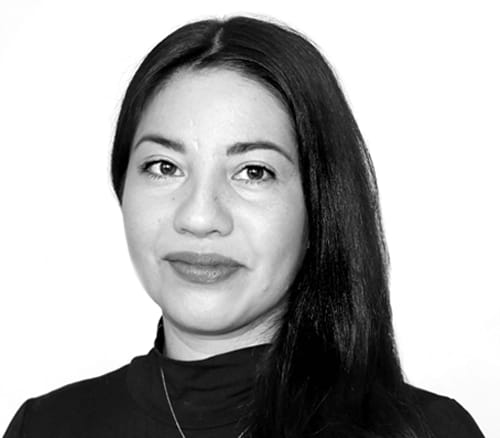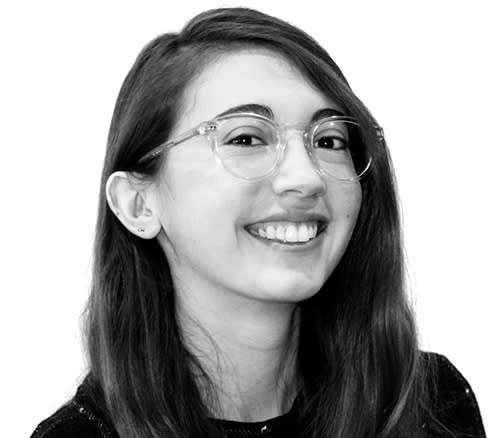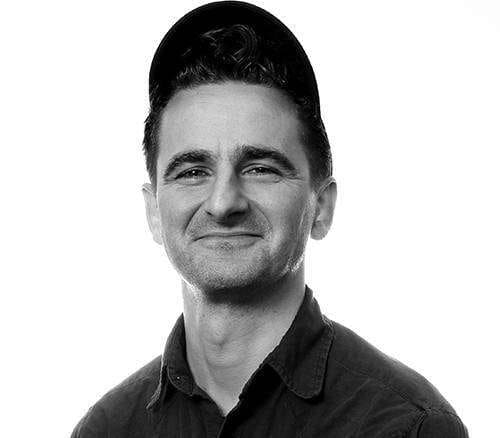Discover Value in Design Process: The Secret to How We Build the Best Product Experience
The Way Companies Build Digital Products has Evolved in the Last Decade
With the rise of native apps, more advanced web apps, and different technologies, the ability of B2C companies to build excellent customer experiences is more important than ever. We live in a quickly transforming digital landscape and the need for more products to help improve internal and external processes (ahem, Digital Transformation) has only increased in the last few years due to the global COVID pandemic.
In the past, building digital products used to look like this: highly-siloed teams, design, and engineering specialists — web design, front-end engineering, back-end engineering, UX design, and UI design working separately towards a shared goal.
However, modern product development practices have evolved to forgo siloed work streams, employing multi-disciplinary teams to get involved early and often in the planning stages and throughout the product lifecycle.
Companies need agile, integrated engineering and product design teams to keep up and to stay ahead. Some design roles are specialized, but it is instrumental to have designers with expertise–deep UX knowledge and a broad practice (UX, UI, visual, research, and facilitation skills) to build the most successful experiences. There is a co-ownership between design and engineering teams, and endless potential to evolve components that start in design as UX patterns.
Is your team experiencing the ever-common staff shortage? Maybe you're looking to expand your current team with skilled professionals for innovation efforts or to increase your velocity? Do you want to undergo a full-scale digital transformation but don't know where to start?
ProductOps Teams
Enter the ProductOps team. As a product designer with Formidable with more than ten years of experience building products, I can say with confidence that we are at the forefront of creating digital experiences people love. Our work is built using modern tech stacks and multi-disciplinary teams to develop impactful solutions.
Client work with Formidable has proven some of the most successful and rewarding design work of my career. I attribute the success of these projects to being part of a well-rounded ProductOps team made up of engineers, product managers, and clients. Together we have strategically built best-in-class components and design systems to deliver launch-ready, innovative products by engaging our coordinated teams in every stage of the product lifecycle.
Approach Innovation through UX Design Process
In a study conducted by Formidable, with more than 100 business executives in customer-facing industries, participants said that “given what they know now” after having gone through digital transformation, the
"quality of user experience is the single most important criterion when selecting a partner for digital transformation. Other criteria such as cost and delivery speed pale compared to user experience."
Over the years, design methodology has evolved to help unlock the value at different phases of the product lifecycle for different business needs. While no one can contest the importance of great design, there seems to be a knowledge gap in what getting to good design (hint: it’s the process!) entails. Let's unpack it, shall we?
Taking a user-centered approach to building products is integral to building amazing experiences for people–also known as the 'UX design process’—considering “design” as more than just visual design, beautiful UI, and elegant interactions. "User experience design" (UX design) is a term coined by Don Norman (former Apple Vice President) meant to cover all aspects of the person's interaction with products. It is the end-to-end experience we build for users. UX design posits that designers, in order to build the best experience, also understand user needs, problems, desires, and behaviors.
The UX design process is an industry-agnostic, creative framework of working, a non-linear way of thinking, and a flexible methodology that melds seamlessly with engineering and production schedules to take products from concept to launch. However, it takes skilled design practitioners to interpret the initial challenge and apply the best methods, tools, and knowledge to define, build, refine, and strategize a way forward.
Design Process Phases, Loosely Defined
Great design teams continuously develop and refine their methodology; the application of methods we use may change according to the make-up of the team, time available, or the challenge at hand. For example, our product teams sometimes stagger design and engineering production cycles, building, and testing a prototype for one part of a product while designing concepts for other features.
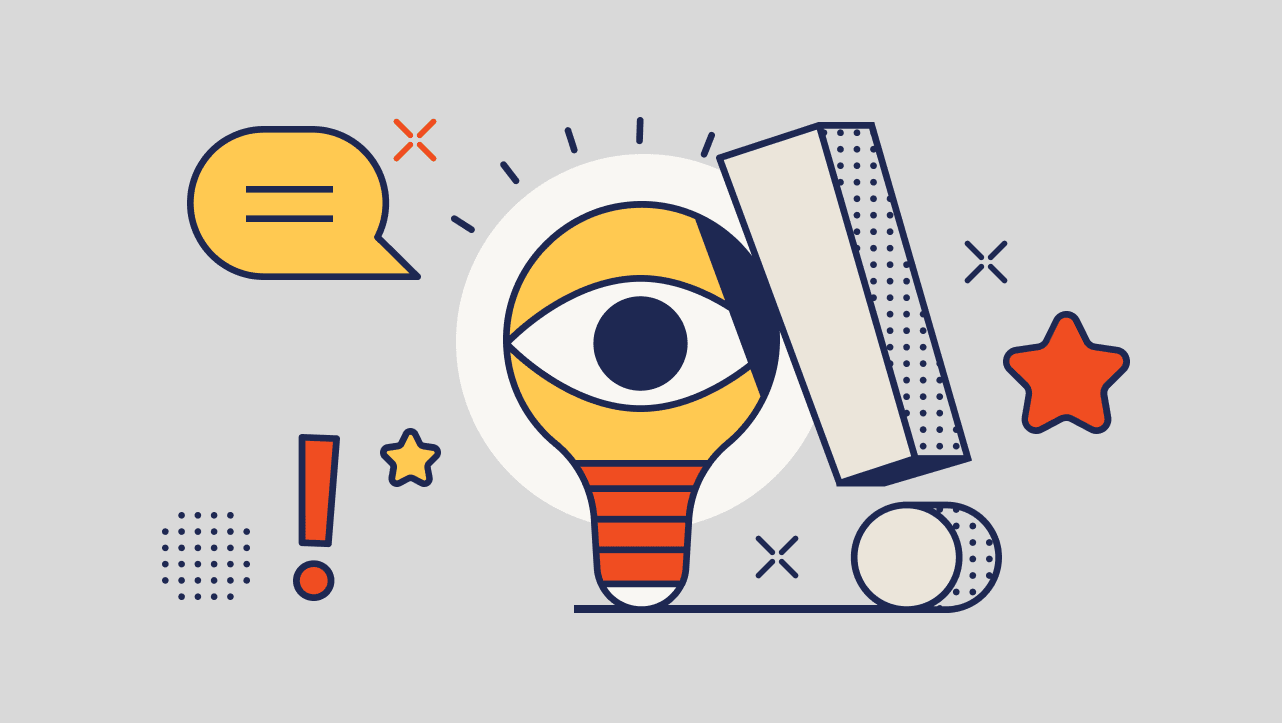
Inspiration & Discovery
This is usually where we start, and I cannot overstate the importance of this phase. A well-executed Inspiration & Discovery phase is essential to product building because we need a complete understanding of the status quo—the market, the customers, the technology, and the constraints we may be facing. Skipping this step, we risk committing one of the most costly product design mistakes—solving the wrong problem, and building the wrong product entirely.
Recently we had a client skip this step, going straight into designs, thinking it would be faster and cheaper to go directly to production. The whole team learned a valuable and expensive lesson: too far into the engagement we realized we had built the wrong product. Now, the client wants to start again with time devoted to more discovery. While it is great that this client has the time, ambition, and funds to do this, it is a hard-won lesson that we could have avoided using diligence and the design process from the beginning.
This stage is all about observation and research. We discover what drives your customers, learn where they experience delight and confusion, and define some previously unknown or unaddressed problems. Suppose you've come to us with your organization's extensive research? Congratulations! You're already ahead of the pack! However, the difference between design theatrics and actionable outcomes for this phase lies in having our skilled design practitioners interpret your data and research into meaningful next steps.
We’ll take an accurate survey of the landscape, pinpointing the right people to talk to—customers, internal stakeholders, and subject matter experts. We'll gain a clear understanding of competitors and identify current product issues through a UX audit, IA maps, or customer interviews. We'll spend time working to define the problem and interpret any data or research you've already completed for new insights and ideas. Through this phase, we may explore analogous sources of inspiration and innovation opportunities.
The outcome of this stage is complete alignment across all teams on product goals, framing the real product challenge, and clarity on assumptions and constraints we may tackle later. One of the biggest "gotchas" of this stage is that we sometimes challenge the perspective of the original problem or task. So, we must define and validate business and customer problems, leading to more research or prolonged customer exploration.
Going through discovery can be challenging for clients because, understandably, client teams may go into a project with rigid expectations about what problem we're solving, who we're solving for, and even what the solutions may be. Using the design process ensures we have the data to back up any assertions or conclusions we may come to in this stage to assuage discomfort with pivoting from original expectations.
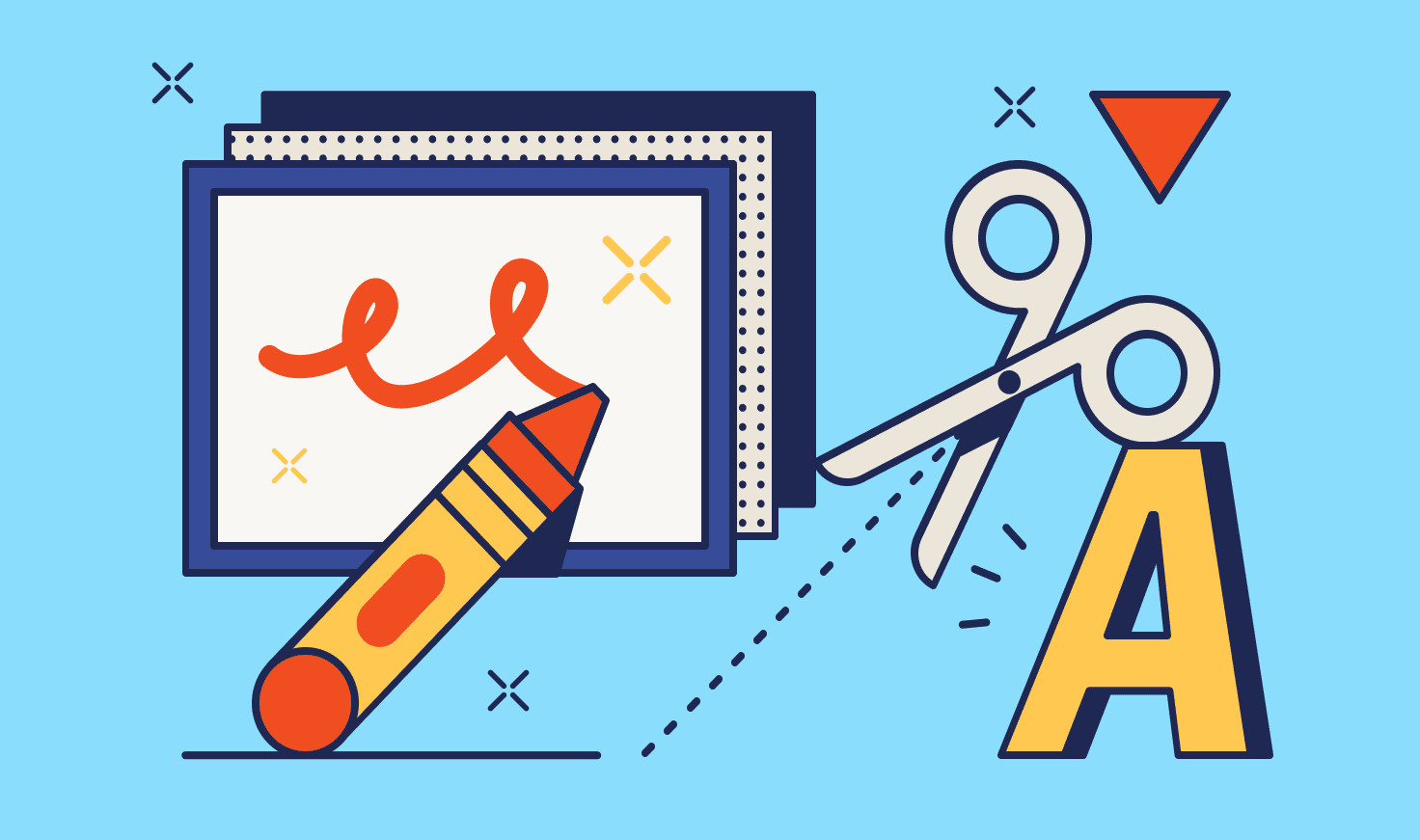
Ideation & Action
The body of knowledge we've gained from Inspiration & Discovery informs the next stage, Ideation & Action. With each deliverable in the phase, we'll further align and refine our vision for building a great experience, the problems we want to solve, key opportunity areas, and our goals for the end-to-end. Now that we've spent time in the problem space, we can develop new answers to solve these issues, no matter how complex. We do this by taking action.
First, we'll explore many potential solutions, everything from the obvious to going full galaxy-brain for blue-sky thinking, brainstorming lots of concepts quickly to determine viability. In this stage, we refine ideas into one we will push forward.
We can design viable solutions to the problem. Moving forward with one idea can usually provide solutions down new paths that clients may not have considered initially. Some outcomes may also include global insight statements or design principles: these are defining views that drive our design from the massive amount of information we've gathered. Other deliverables in this phase might include journey mapping or storyboarding, concept sketching and testing, or wire-framing to identify and plan for critical opportunities in the product experience.
In this phase, we're ready to create prototypes—from paper or "clickable" to working code—to validate our solutions by testing with customers. We gather data to improve the product in each round incrementally by testing with our target and getting input from our internal and client teams, subject matter experts, and users.
During this phase, we might encounter a typical speed bump: teams divided on which solutions to take forward. For example, when we discover a new understanding of problems, some solutions might require your organization or capacity to grow when there might not be funding, resources, or organizational support. Do not fret! An excellent product design team can use the design process to consolidate a difference in opinion or perceived roadblocks to help clients form a creative resolution and keep the project moving forward. Using the data and work from previous steps, our design expertise, and experiential knowledge, we can use tools from the design process to help you do "the next right thing" when we're not all in agreement.
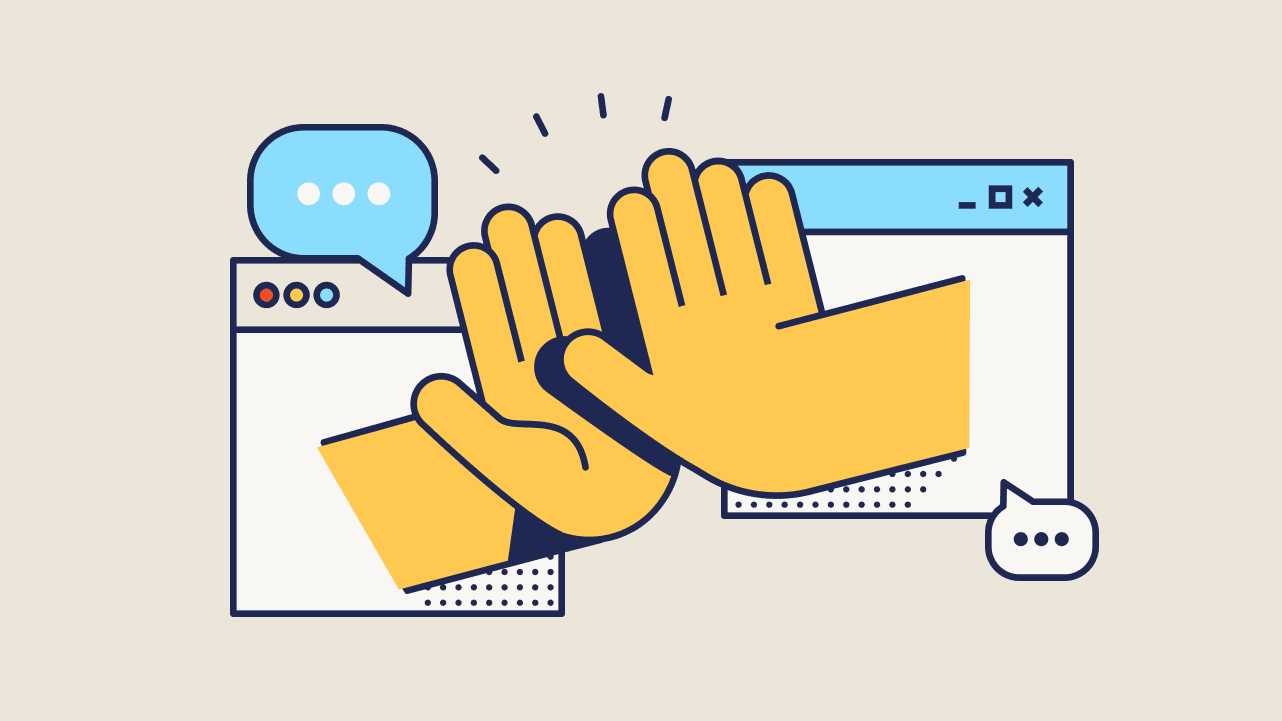
Delivery & Implementation
In the final phase the work we’ve done all led to this moment—the experience we build for customers. When the design team has had an opportunity to build a stronger relationship with our multi-disciplinary peers throughout the product lifecycle the result is a smoother, more successful engineering handoff.
This stage can be the most technically challenging as we work closely with engineering to realize the work that has fed into this stage and find the best path forward. We've fleshed out design work to the highest fidelity, we make iterations based on feedback from stakeholders and customers, and continue for more refinement. Together, we'll hold a magnifying glass to the work for polish and add the final touches to fine-tune the experience. Visual enhancements may include micro-interactions, and other moments of delight—we ensure your product goes through a proper visual and experience QA. We may hand off a complete style guide upon which other teams can build future work. At this stage, we may also complete roadmaps and conduct qualitative testing, benchmark testing, accessibility evaluations, usability and bug reviews, and other activities to achieve a successful client handoff.
In Delivery & Implementation, we can answer big questions like, “How do I prepare for a launch? How do I prepare for scale? How do I know if our solution is working?”
Our goal is to help you make a "Five-Star" digital experience and pass back the reigns—with our senior and skilled teams sharing knowledge along the way for your organization's long-term success. Formidable has successfully launched products in 25 different industries globally, our integrated ProductOps teams evolving together with each client and project to build the best experiences.
Let's Collaborate
Are you ready to build a product your users will love? Formidable has helped companies tackle all manner of problems—innovating and transforming businesses through well-executed digital experiences. However specific or vague your issues are, we have a well-balanced, full-stack team ready to help take you through an energized work cycle from concept to launch.
While the process I've just outlined is deceptively simple, it isn't easy. Let's collaborate! We'll unpack, define, validate, and build solutions to create truly remarkable digital experiences people will love.
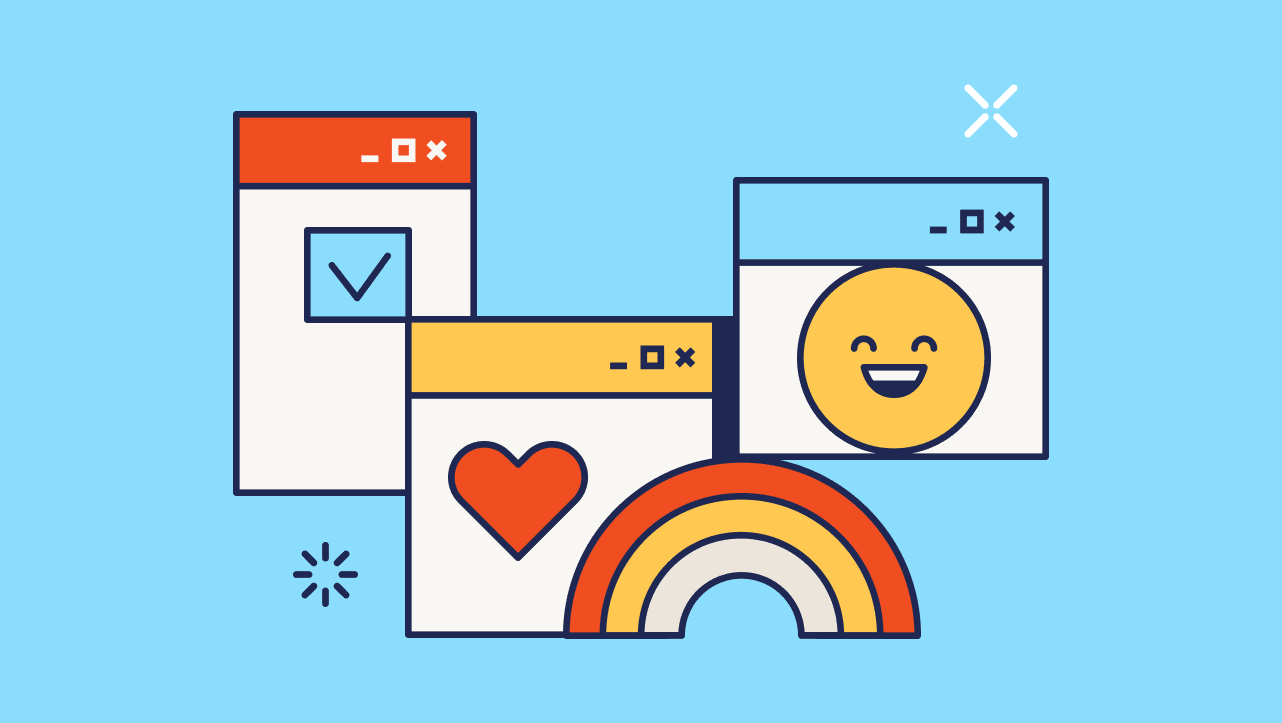
Catleah is a user-centered Product Designer, design mentor and facilitator with 10 years' experience helping companies connect with people across platforms and devices. She has a mild addiction to true crime media.
Illustrations adapted from originals by Oleg Scherba, acquired via Creative Commons License.
